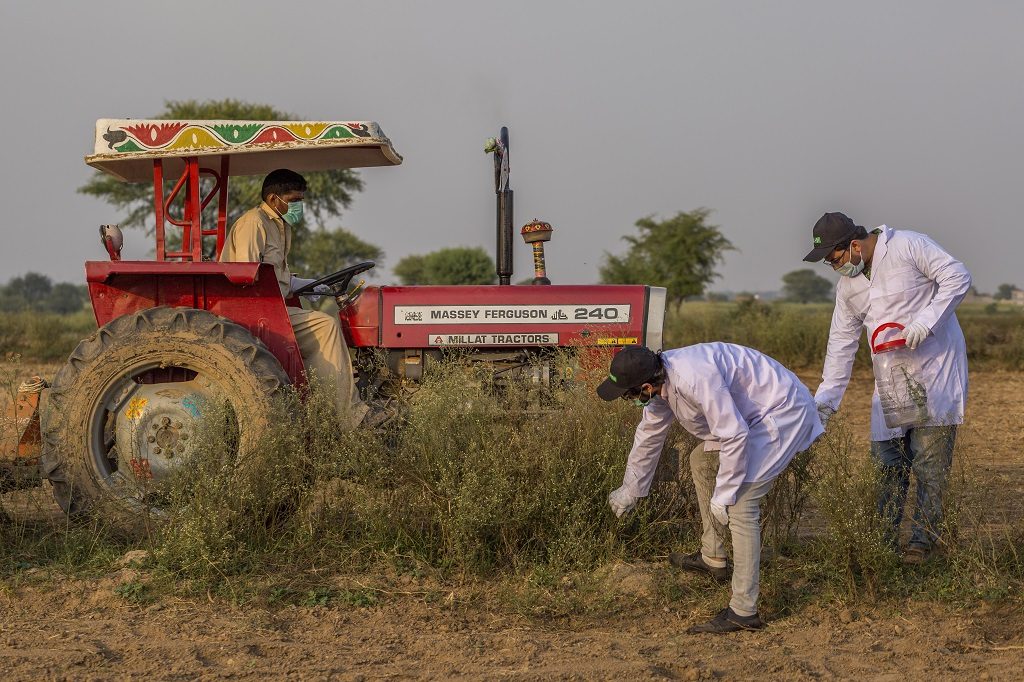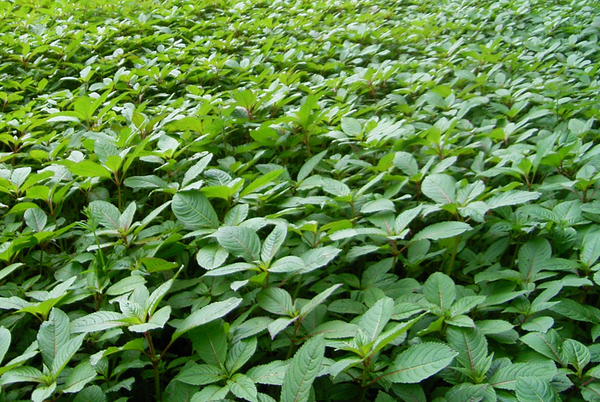When astronomers meet ecologists: how remote sensing can tackle Parthenium in Pakistan
“Usually I’m looking up at the stars but with this project, I’m back down to earth” quips Dr Rene Breton, Director of Research at the School of Physics and Astronomy at the University of Manchester. By combining the skills of a geographer, ecologist, social scientist, entomologist, astrophysicist, biologist, and electrical engineer, the joint CABI and…
CABI unveils action plan to fight highly invasive and destructive weed
Parthenium weed causes harm to the environment, health, as well as the economy. CABI has launched a comprehensive action plan aimed at combating the scourge of Parthenium, a highly invasive species of weed, prevalent and spreading in Pakistan.
Largest Invasive Alien Plant dataset is now published online!
By Samantha Garvin. Reblogged from JRS Biodiversity Foundation. CABI has published one of the most complete and current datasets on Invasive Alien Plants (IAP) in East and Southern Africa. This extraordinary dataset is already being translated into new research findings and conservation action on the ground.
The Value of Testing
Reblogged from the Nesta blog. The crop damage caused by fall armyworm has put millions of livelihoods at stake across Sub-Saharan Africa. Its rapid spread has been projected to cause losses valuing $2.5 billion to $6.2 billion per year if left unabated.[1] Fall armyworm has caused havoc for smallholder farmers across the region and become a…
Citizen Scientists attempt traditional solutions against fall armyworm
First reported in Africa in September 2016, fall armyworm (Spodoptera frugiperda) is now present in most sub-Saharan countries, where severe damage in maize fields has been observed. Kenya is one the countries that has not been spared the wrath of this invasive pest. Since it was first reported in Kenya’s western region (Trans Nzoia, Busia,…
Tackle invasive species to restore degraded landscapes
By Gilbert Nakweya Reblogged from SciDev.Net Invasive alien species should not be used in restoring degraded landscapes as their costs outweigh their benefits, experts say. Invasive alien species, according to the Convention on Biological Diversity, are plants, animals and other organisms that are non-native to an ecosystem, and may adversely affect human health and the…
Breathe easy with biocontrol
One in four people in Europe suffer from hay fever, affecting the quality of life of millions. The average cost of hay fever related diseases amounts to around €600 per patient per year from treatment costs and lost time working. One of the worst offending invasive plants for hay fever sufferers is the North American…
New research assesses the effect of invasive crayfish on mosquito survival
Red swamp crayfish (Procambarus clarkii), often known as the Louisiana crawfish are staple part of Cajun cuisine. However, new research published in Conservation Biology has found that the highly invasive crayfish allows mosquitoes to thrive in waterways, therefore making it more likely to increase the risk of mosquito-borne diseases.
Invasive alien plants, land degradation and restoration
Reblogged from Global Landscapes Forum Invasive alien plants contribute to land degradation by forming vast unproductive monocultures. These invasions have a negative impact on biodiversity, water resources, crop and pasture production, human and animal health, and as such undermine Africa’s ability to achieve its Sustainable Development Goals. Landscapes degraded as a result of unsustainable land-use…




